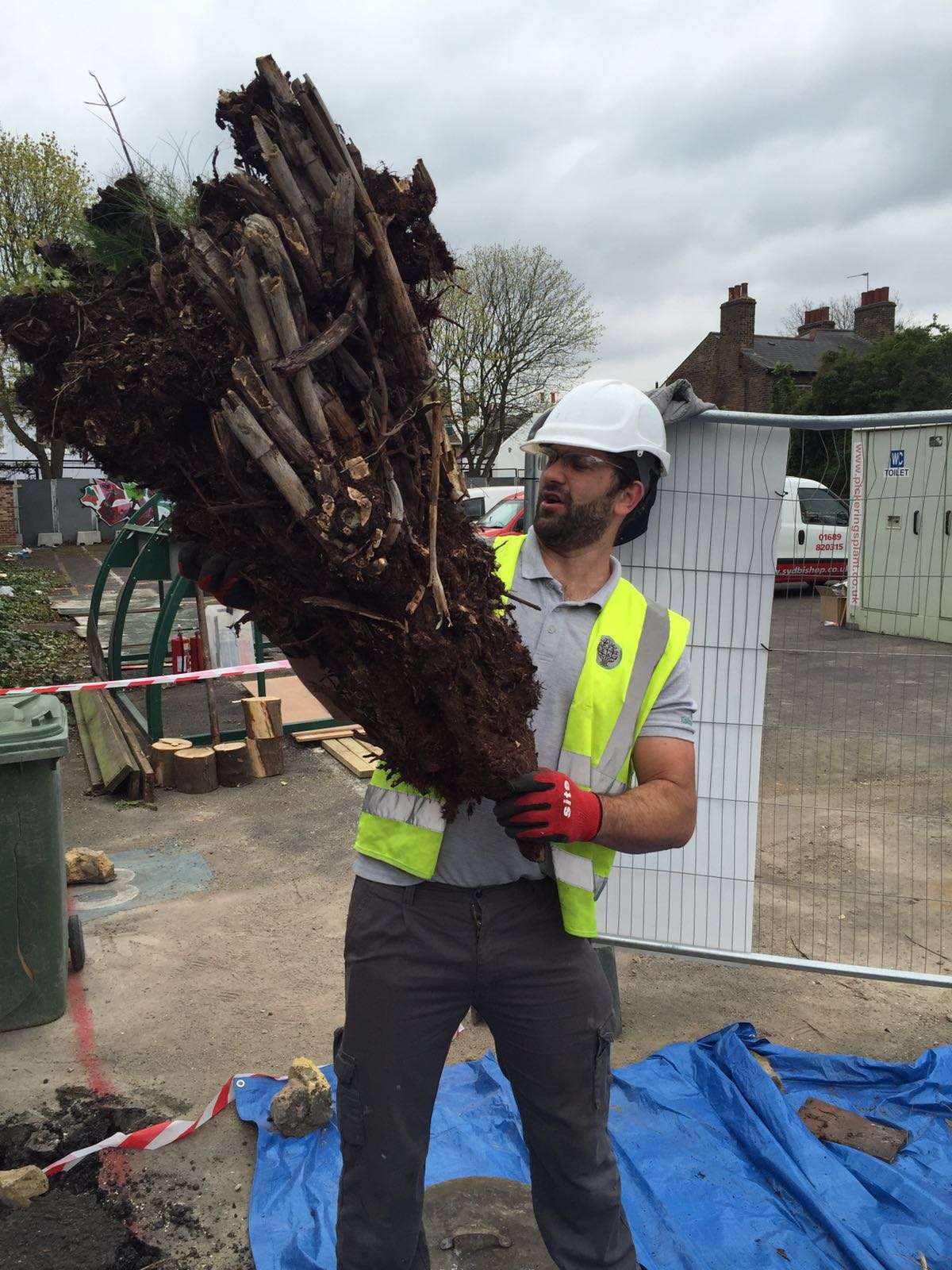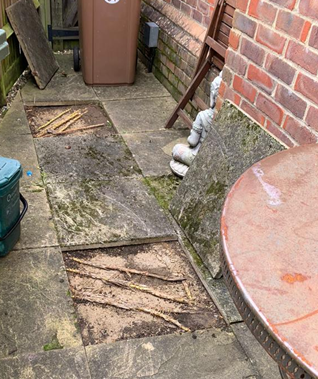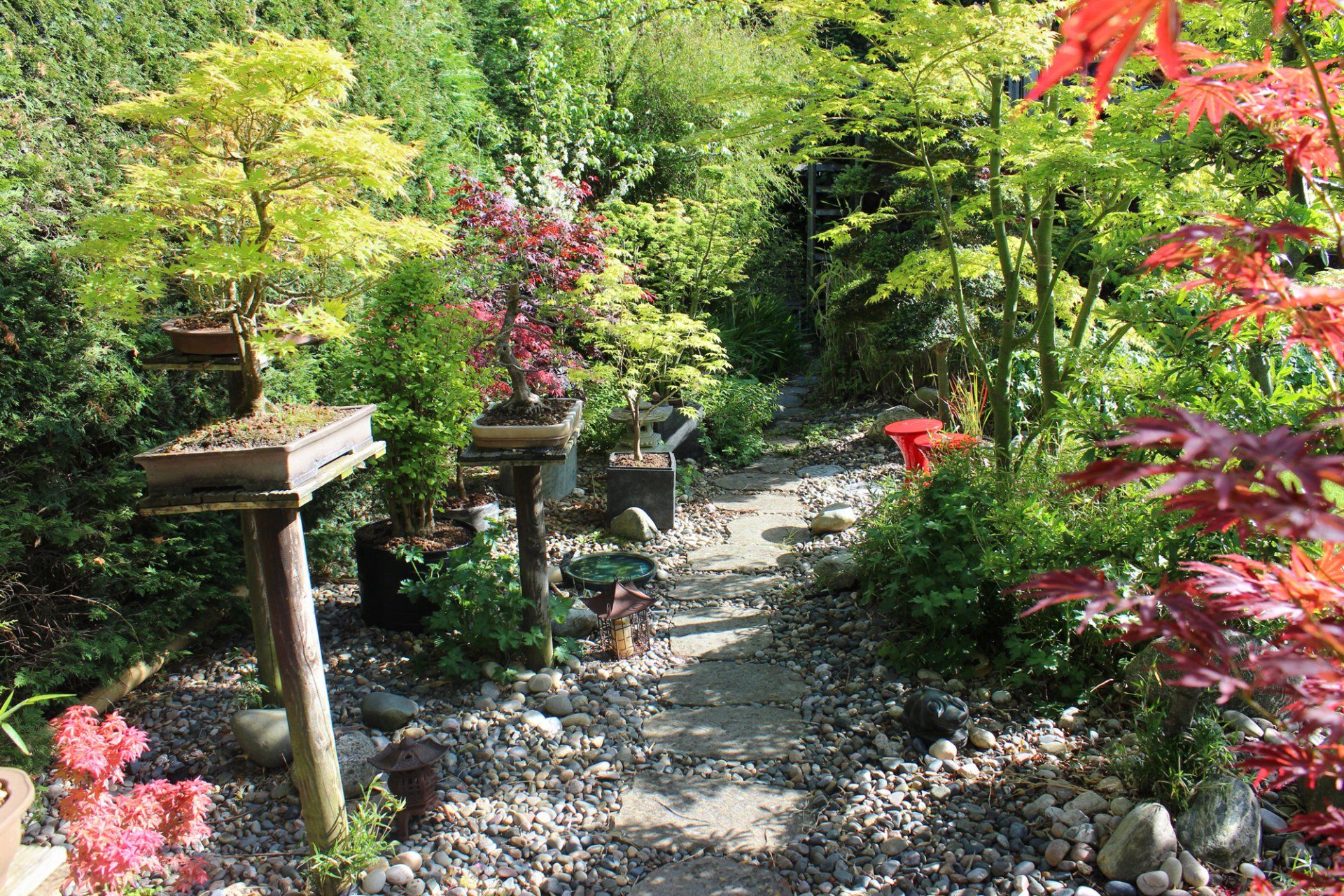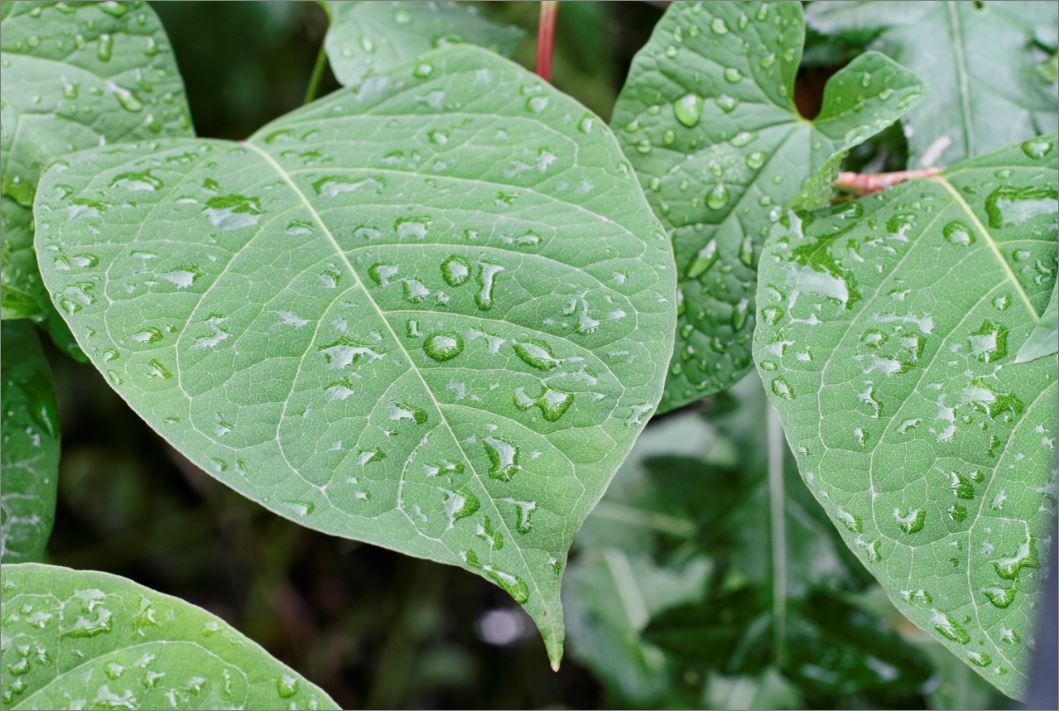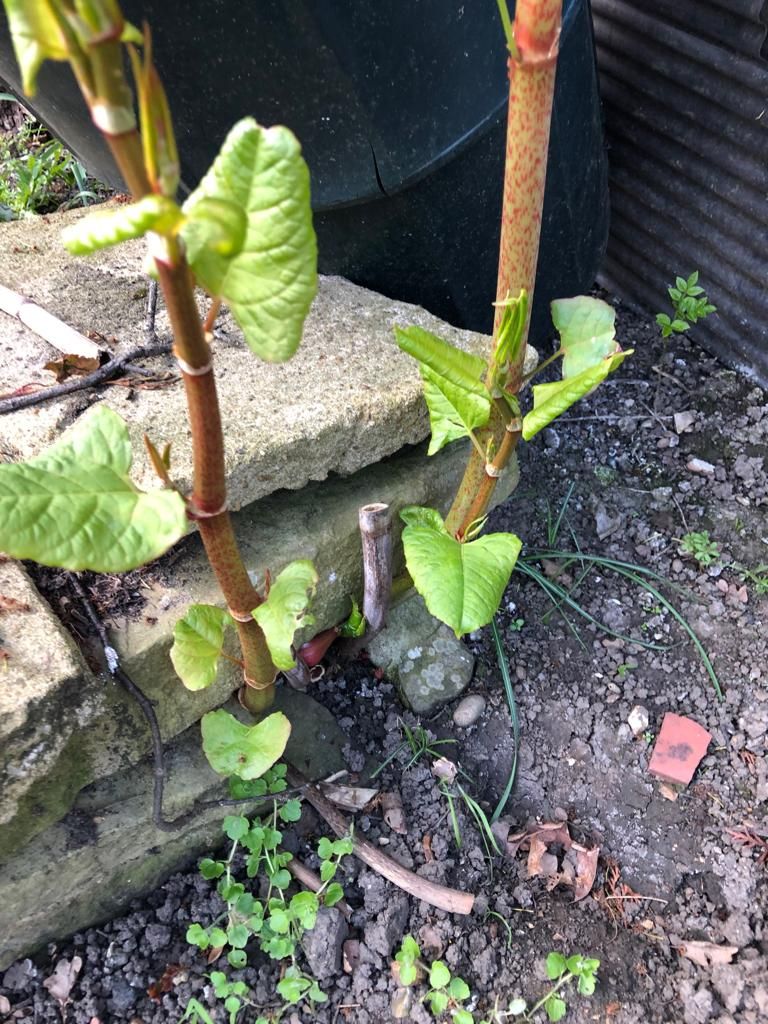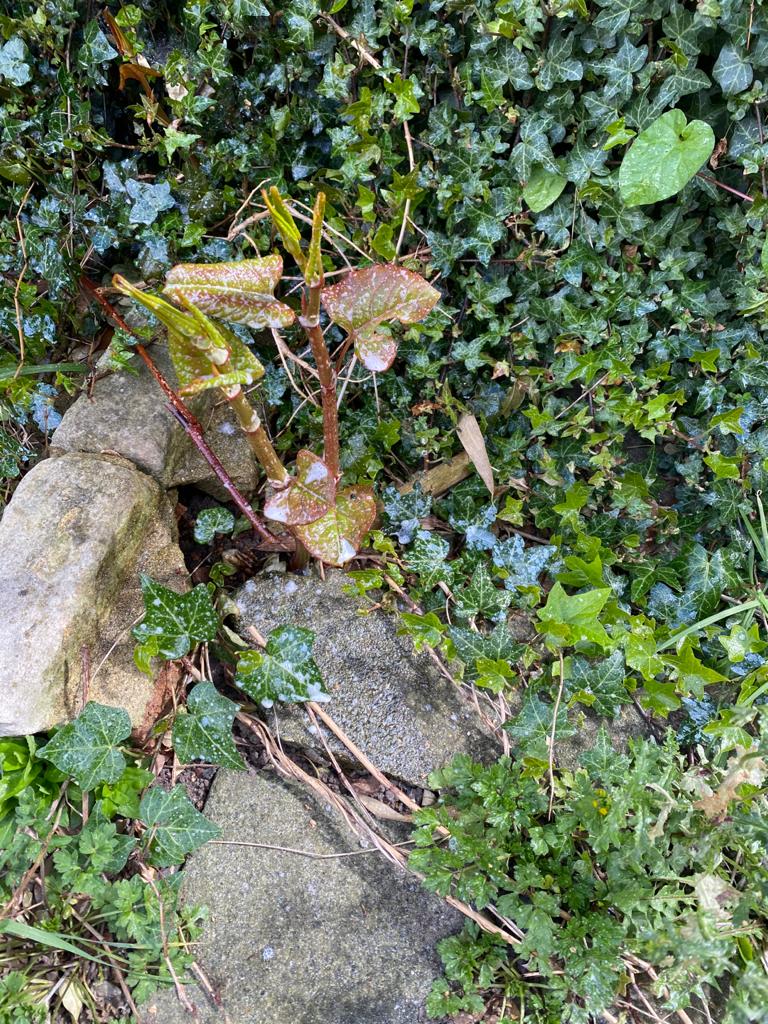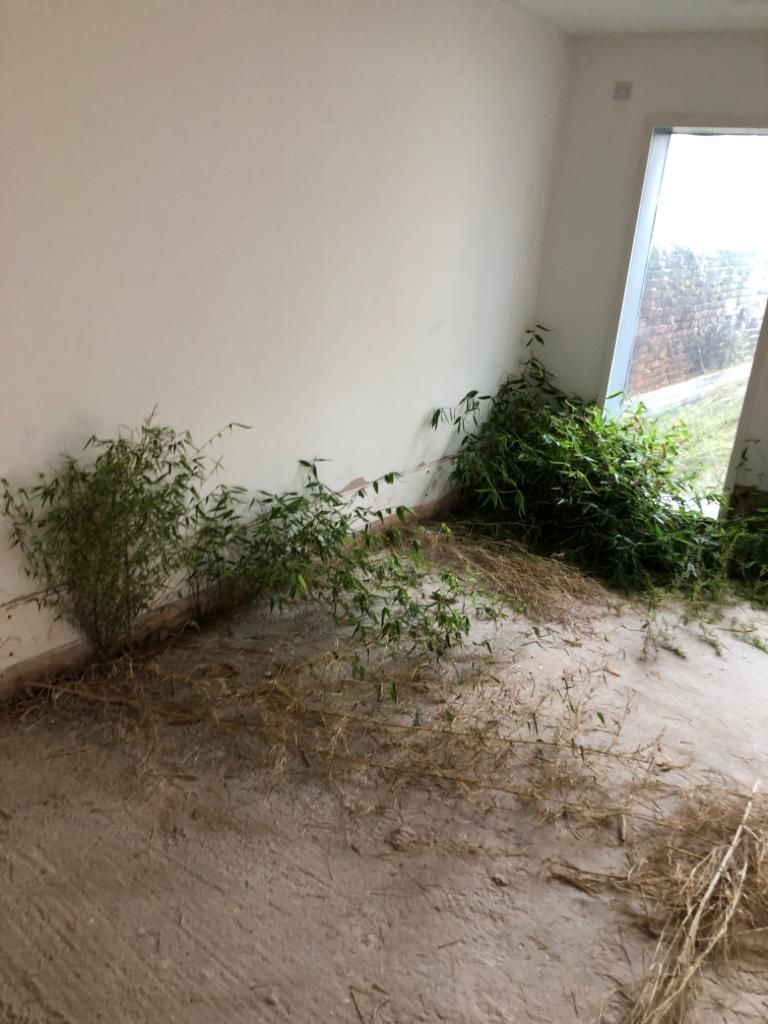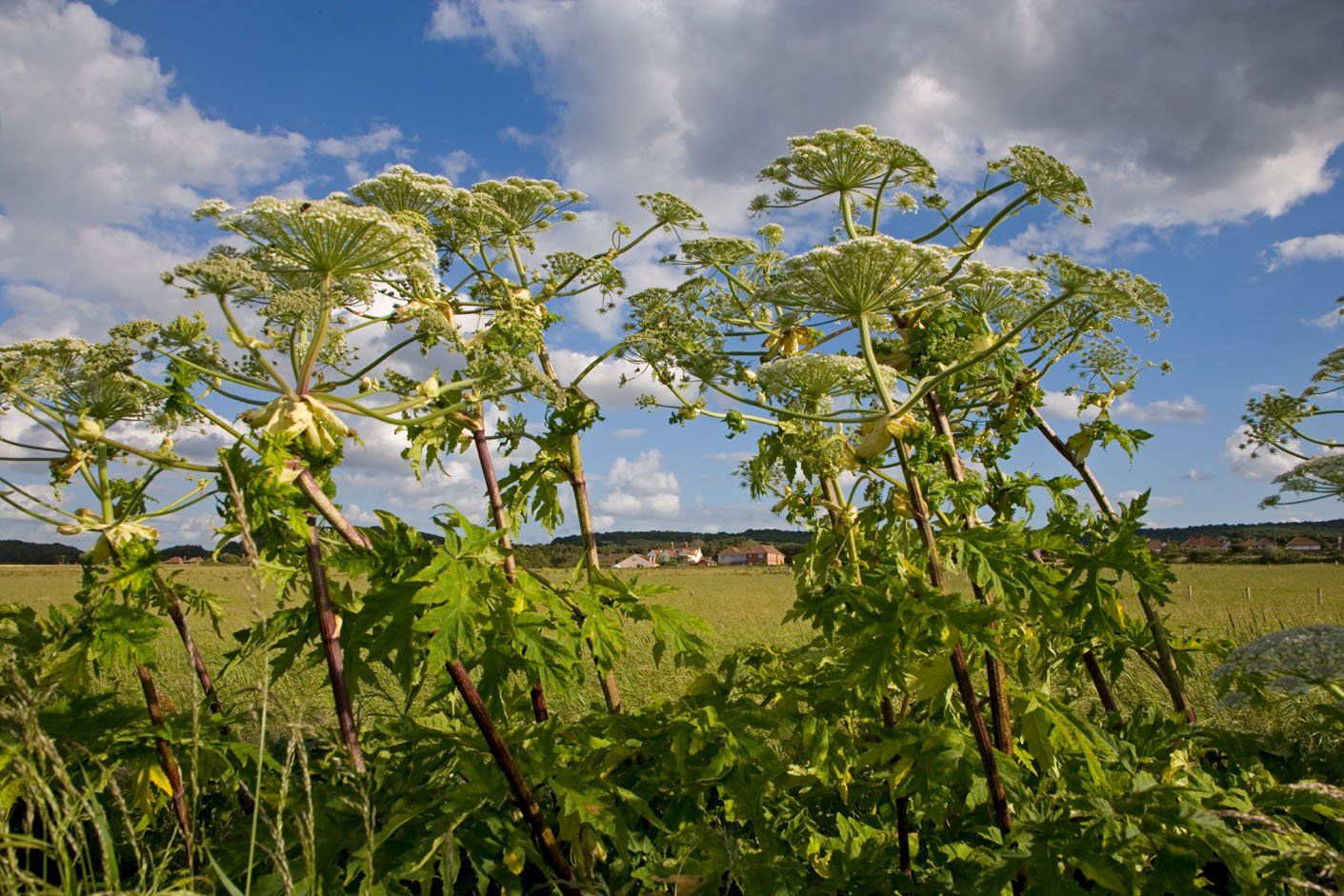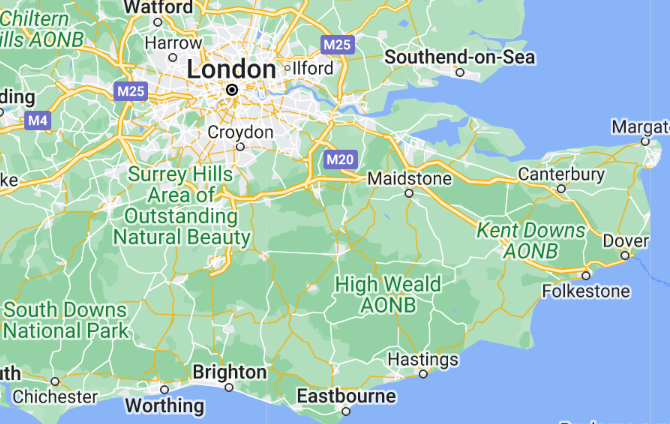Itadori: What is ‘Japanese Knotweed’ and Why is it so Problematic?
Itadori, or ‘Japanese Knotweed,’ is considered to be one of the world’s most invasive species of plant. Yet, hardly anybody seems to know what it is, why it’s so problematic, and what can be done about it. This short guide covers these areas to make sure that you don’t find your garden invaded by this interesting but destructive plant.
What Is It?
Japanese Knotweed is native to East Asia, specifically Japan, China, and Korea. However it’s since established itself in many habitats and it’s classed as a pest and as an invasive species in several countries, including the UK.
Its hollow stems, with their raised nodes, make them look like bamboo even though there is no relation or evolutionary connection between the two. They can reach up to 4m in height if they are left to grow and they have broad oval leaves with a truncated base and a pointed tip at roughly 7-14cm in length and 5-12cm in width. It’s most often found in temperate climates and by the roadside or in waste places because they can find their way to the surface in impressively difficult situations.
Why Is It A Problem?
This brings us on to exactly why they’re a problem. That their dense coverage colonises large surface areas very quickly make them very difficult to compete with. Their huge rhizomes (complex network of roots) also damage roads, pavements, and buildings.
They’re so problematic because they’re so resilient. Japanese Knotweed is very tolerant of many soil types, pH levels, and salinity. Plus its rhizomes can survive temperatures as low as -35 degrees and it extends up to 7 metres horizontally and 3 metres deep. Their primary problem, however, is that they’re very difficult to completely eradicate as only a few centimetres of root is all that’s required for a new plant to grow.
What Are My Options?
When they’re present on construction and industrial sites they’re usually dug up but if just a few centimeters of root is left then a new plant will grow. Plus they have razor sharp stems which can pierce through most materials which may be used to try and discourage its growth. Using paving slabs is a much more labour-intensive alternative and they must be placed extremely neatly as any gaps or cracks would encourage growth.
This means that one of the only effective ways of killing the plant is to use specific herbicides.
However, in 2020 Amsterdam imported and released 5,000 Japanese Aphalara itadori as a means to contain knotweed because it sucks up the plant’s sap which kills their young shoots and inhibits their growth. Yet, the jury’s still out on this experiment for the time being. Although an interesting plant, Japanese Knotweed is clearly problematic and difficult to deal with. Rather than trying to eradicate it yourself, call a professional service like Gaia Environmental to do this in the safest and most effective way.
If you have any further questions about Japanese Knotweed, or any other plants like Giant Hogweed or Himalayan Balsam, then don’t hesitate to get in touch today by calling 01634 924 315!


